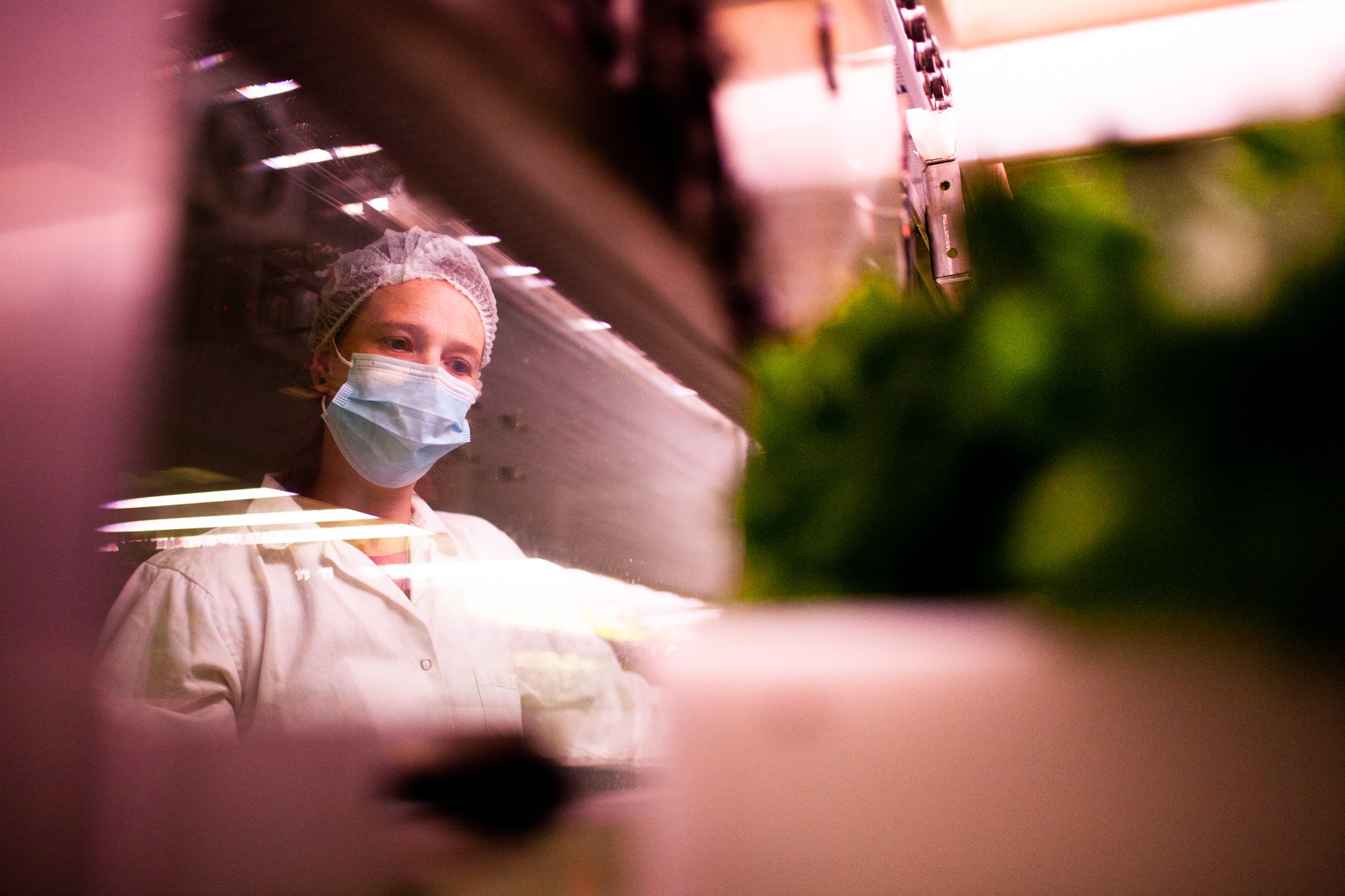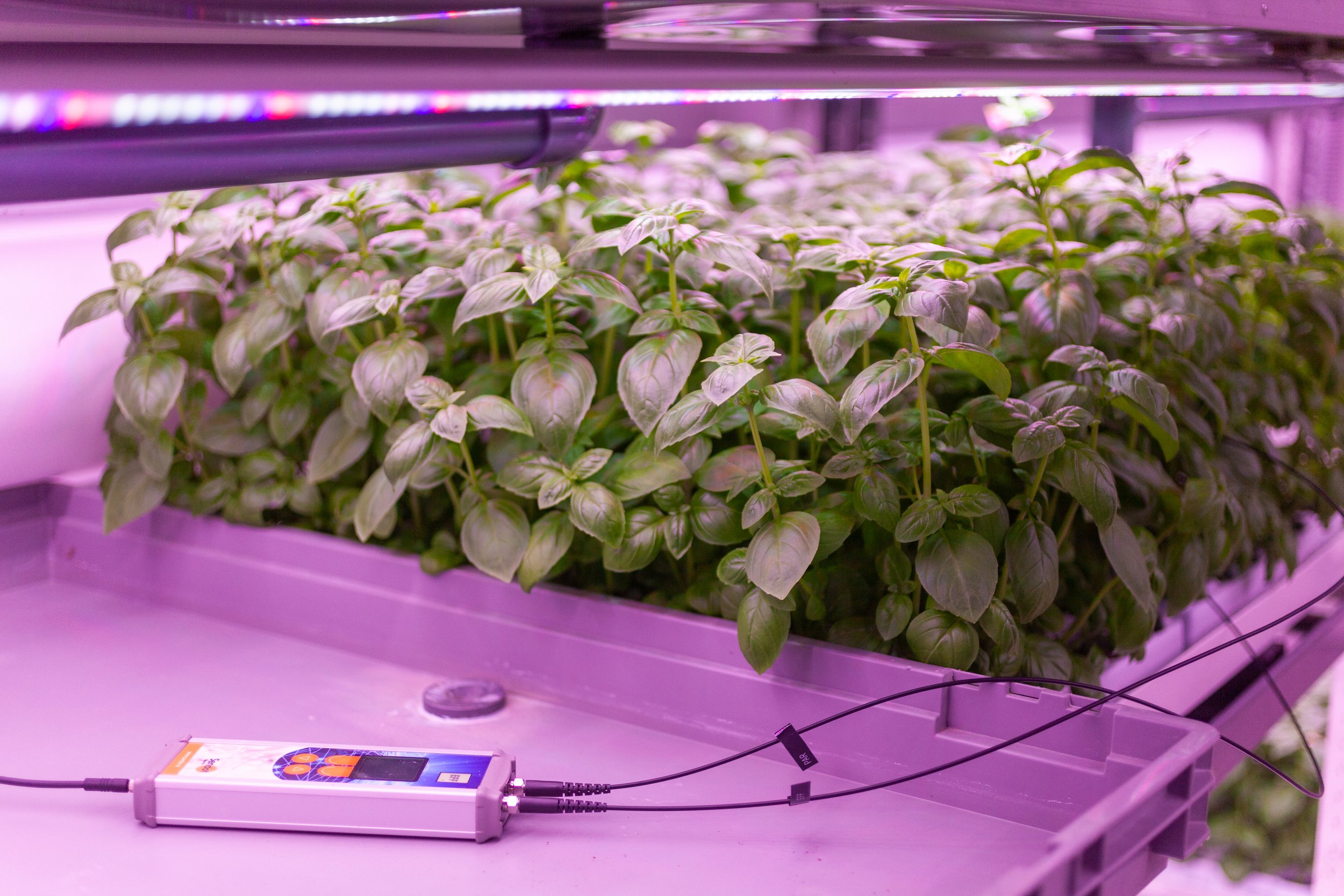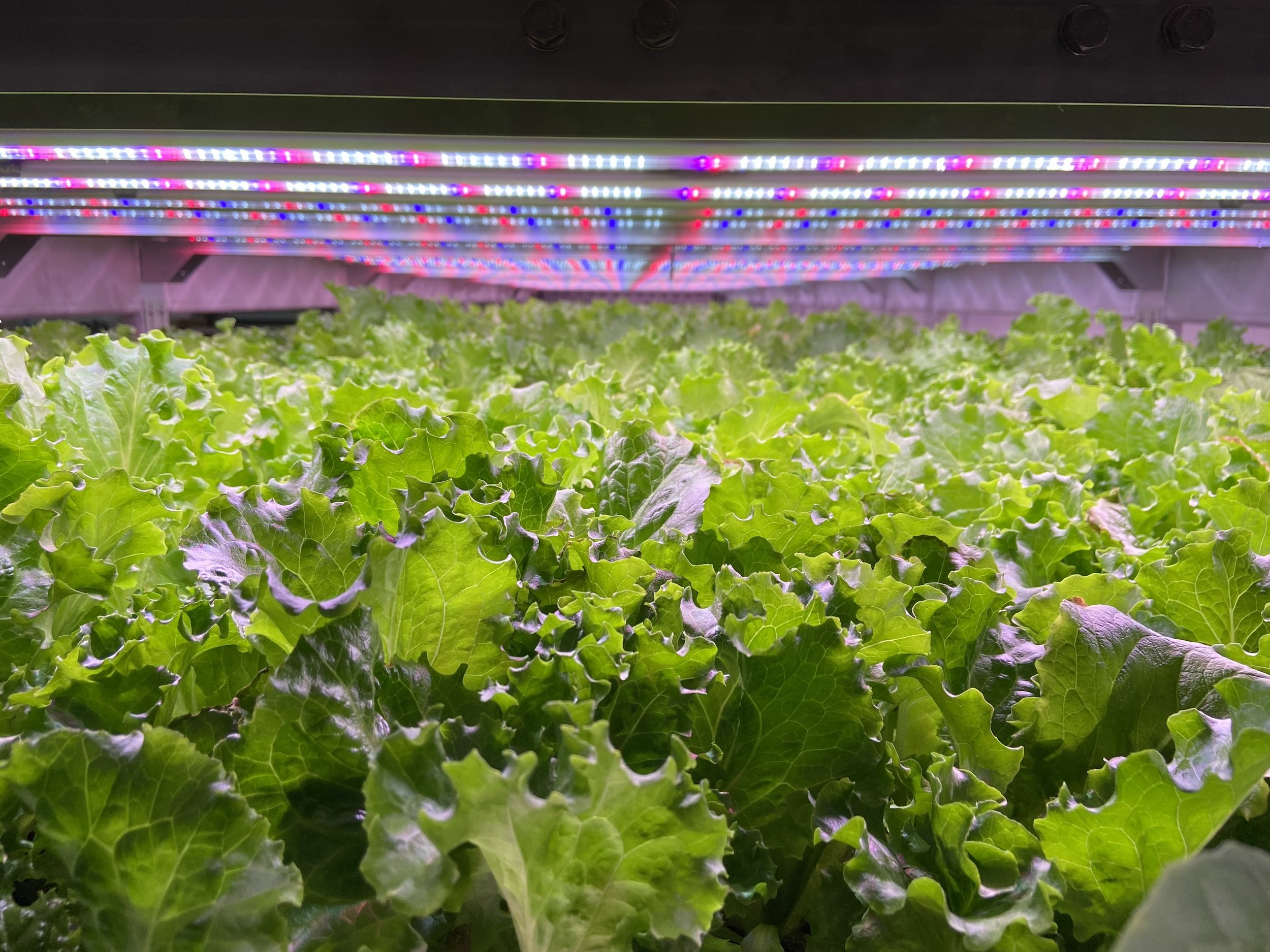Feb 24, 2023
Why Engineering Determines the Success of an Indoor Farming Installation

Edited by: Sarah Jordan
February 24, 2023
The global indoor farming market has experienced tremendous growth in the past decade. Today, many CEA facilities operate successfully around the globe. However, a portion of the operating indoor farming installations worldwide are not as efficient as they could be. How can a farmer or investor know when a facility is operating at its full potential? We spoke to Urban Crop Solutions about the key considerations in the industry when investing in an indoor vertical farm, and they offered some guidance on how to approach these situations.
Is an indoor vertical farm right for you?
Your primary consideration, before anything else, needs to be whether an indoor vertical farm is the right choice for you. You must to know your crop, your market, and your labor and utility costs to determine whether vertical farming is profitable in your area. It would be advisable at this stage to use an objective modelling tool such as Agritecture Designer, where you can build and compare multiple financial simulations of controlled environment agriculture facilities. Urban Crop Solutions can use these simulations to assist further and carry out an early-stage business assessment with their own dedicated feasibility calculator built for their own systems prior to proceeding with a sale.
Designing your indoor vertical farm

Ultimately, there are two things that you want your indoor farm to do– produce fresh, healthy, high-quality food and plants, and to have the longevity to remain high-performing over the years. The success of both can be determined by the engineering of a system.
Whether your plants are grown for direct consumption or biotech and pharmaceutical applications, your plants need to be grown in perfectly hygienic and sterile conditions. While common sense might suggest that merely preventing external contamination by practicing proper hygiene protocol may be sufficient, other factors can also lead to contamination from within.
Urban Crop Solutions has come across numerous scenarios where the installations themselves were the culprits for poor quality produce. Unless addressed, these installation issues had the potential to have a damaging effect if issues remained undetected.
Poor positioning of cabling and irrigation piping not only causes mold, but if the cables are not easily accessible, it may lead to excessive time spent on cleaning and maintenance. Carefully planning the layout of your facility also should allow for proper access to machinery for upkeep. Without this access, parts of your installation can be neglected.
While the purpose of your indoor farm is to grow any crop anywhere, regardless of outside temperatures – the external temperature will nonetheless impact the performance of your entire system. Therefore, proper insulation of grow modules is essential to prevent condensation and high internal humidity.
.jpg)
Ensuring you’ve made the right material choices inside the growth chamber is instrumental. For example, electrical cabling must be mold resistant, poorly placed ductwork is often a gathering place for dust and mold, and irrigation pipes with rough finishes do not provide long-term protection against corrosion. It should be understood that indoor farms experience constant exposure to high humidity in a nutrient-rich environment, which can be issues if the correct materials are not utilized in the building process.
As an indoor farm will naturally have a number of obstructions to airflow (racks and plants), outlets for airflow must be pre-installed into your farm. An adequate airflow system will ensure equal distribution of air throughout the unit, in order to cool and maintain humidity at equal levels throughout the unit.
For safety, your system needs to be cleaned and disinfected regularly, and thus needs to be built with proper hygiene. Additionally, your system needs to check every Health, Safety and Environment (HSE) box prior to becoming operational to avoid environmental harm, accidents in the workplace, and eliminate the need for later alterations to your build.
The building materials used in your facility must be thoroughly vetted for longevity. For example, it is better to use stainless steel rather than powder-coated steel. The system needs to be built with sufficient consideration, given that you will be using nutrient-rich water for your plants and should thus be able to withstand this.

There are several things to consider that will reduce your operational expenditure, even if your system is not automated. The appropriate peripheral equipment should be incorporated into your grow system, such as a seeding machine, which is a time-consuming task when done manually. This could be automated, but that is a consideration that has to be carefully considered along with the operational budget.
Your journey into indoor farming should have several key prerequisites in place. Beginning with feasibility assessments and business planning is crucial to building a successful enterprise. With all the excitement that comes in the early days of starting a new and promising business, long-term maintenance and longevity can sometimes be forgotten.
Our advice? Don’t skimp on engineering.
When your business takes off, the last thing you want is to have to halt your operations because of roadblocks that could have been avoided. While technical and biological mishaps cannot be prevented entirely, they can be reduced significantly with diligent engineering. Surround yourself with people that speak the right technical language early on. As an indoor farmer, focus your attention on your customers and your market, and outsource the commissioning of your system to a reliable partner. Building your own plant is risky business – as is selecting a sub-par supplier. Want to talk engineering and specifications? Get in touch with the Urban Crop Solutions team.
ABOUT UCS
Urban Crop Solutions is an end-to-end indoor farming solutions provider, supporting clients with contract research trials, business planning, as well as the engineering and construction of indoor farms. Their award-winning indoor farming solutions can be commissioned and scaled anywhere in the world, from remote islands to crowded metropoles. In its state-of-the-art UCS Research Centre, and with their proprietary PharmSpee technology platform, the team of plant scientists develop recipes for applications ranging from staple foods to ingredients for cellular food products. With a library of 290+ plant growth recipes, 50+ modules deployed globally, and installations in 4 continents, UCS is the go-to partner for commercial growers and public-private research institutes. Follow us on LinkedIn, Twitter, Facebook, and Instagram, or visit their website.
